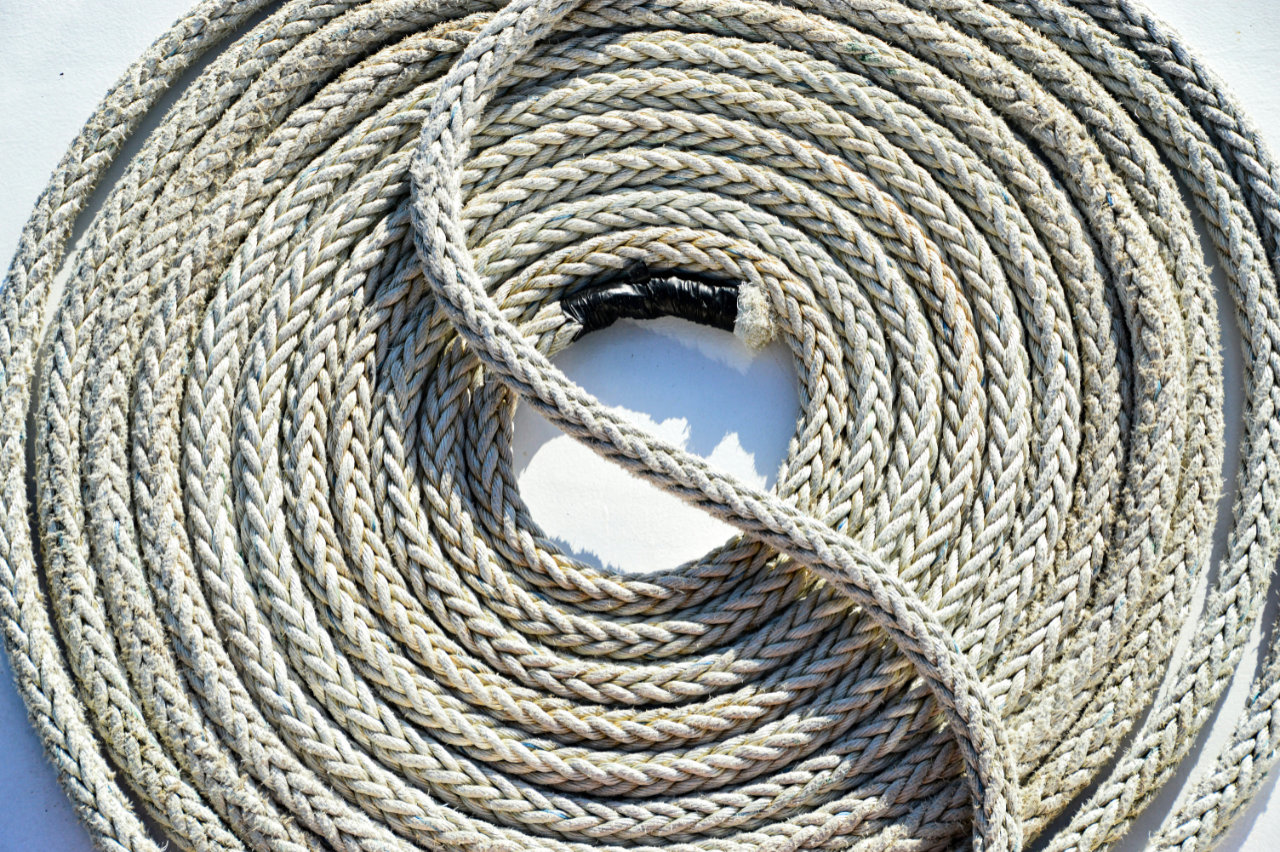Mooring a boat can be a challenging task, especially for beginners. Proper mooring ensures the safety of your vessel, crew, and other boats in the marina or at anchor. In this guide, we’ll break down the basic mooring techniques, explain how to handle mooring lines, and provide tips on how to avoid common mooring mistakes.
1. Essential Mooring Equipment
Before you head out to sea, it’s important to have the proper mooring equipment. High-quality ropes are essential for secure mooring. They need to be strong and durable enough to withstand the forces acting on the boat. In addition to ropes, you’ll need mooring cleats (to secure the ropes), mooring loops, and potentially mooring buoys.
2. Understanding Mooring Lines
Mooring lines are typically divided into three main types:
- Bow lines: These are used to secure the front (bow) of the boat to the mooring point.
- Stern lines: These are used to secure the rear (stern) of the boat to the mooring point.
- Spring lines: These are used to prevent the boat from moving forward or backward while moored, providing stability.
Each of these lines serves a specific purpose, and it’s important to use them correctly to ensure your boat’s stability.

3. Preparing for Mooring
Before attempting to moor your boat, follow these steps:
- Check the weather conditions: Ensure that the weather is safe for docking, especially in strong winds or currents.
- Prepare the mooring lines: Lay out your mooring lines on both sides of the boat, ensuring they are easily accessible and ready for use.
- Communicate with your crew: Make sure everyone on board understands the mooring plan and their specific roles in the process.
4. Mooring Techniques
There are different mooring techniques, depending on the conditions and type of boat. Some of the most common techniques include:
- Side mooring: The boat is docked sideways to the mooring point. This technique requires precision and good crew coordination.
- Bow-to-bow mooring: The front of one boat is docked at the front of another boat. This technique is commonly used in marinas with limited space.
- Stern-to-bow mooring: One boat is docked with its stern facing the bow of another boat. This technique can be more difficult because of the confined space and requires excellent control of the boat.
Each of these techniques has its own advantages and challenges, and the choice depends on the specific conditions and the experience of the crew.

5. Common Mooring Mistakes and How to Avoid Them
- Insufficient preparation: Lack of preparation can lead to confusion and mistakes. Make sure your mooring lines are ready and your crew knows the plan.
- Poor communication: Lack of clear communication between crew members can lead to accidents. Always clearly communicate each step of the mooring process.
- Rushing the process: Moving too quickly without thinking can lead to mistakes. Take your time to assess the situation and plan each move carefully.
- Lack of speed control: Failing to control the boat’s speed can result in collisions with other boats or mooring points. Always maintain a safe speed when docking.
- Underusing mooring lines: Not using enough lines to stabilize the boat can lead to unwanted movement. Always ensure you use the necessary lines to keep your boat secure.
Being aware of these common mistakes and actively avoiding them is key to mooring your boat safely.
6. Practical Tips for Safe Mooring
- Practice regularly: Regular practice of mooring in different conditions will help you gain confidence and skill.
- Use the right equipment: Make sure your mooring lines and cleats are in good condition and properly sized for your boat.
- Be aware of your surroundings: Always assess the weather conditions, marina congestion, and other factors that may affect the safety of your mooring.
- Stay calm: Keeping calm during mooring will help you make better decisions and avoid mistakes.
- Learn from experience: Each mooring attempt is an opportunity to learn. Review your performance and think about how you can improve in the future.
Properly mooring your boat requires skill, experience, and attention to detail. By following these guidelines and practicing regularly, you can ensure the safety of your vessel, crew, and other boats, whether you're docked in a marina or anchored in a quiet bay.
